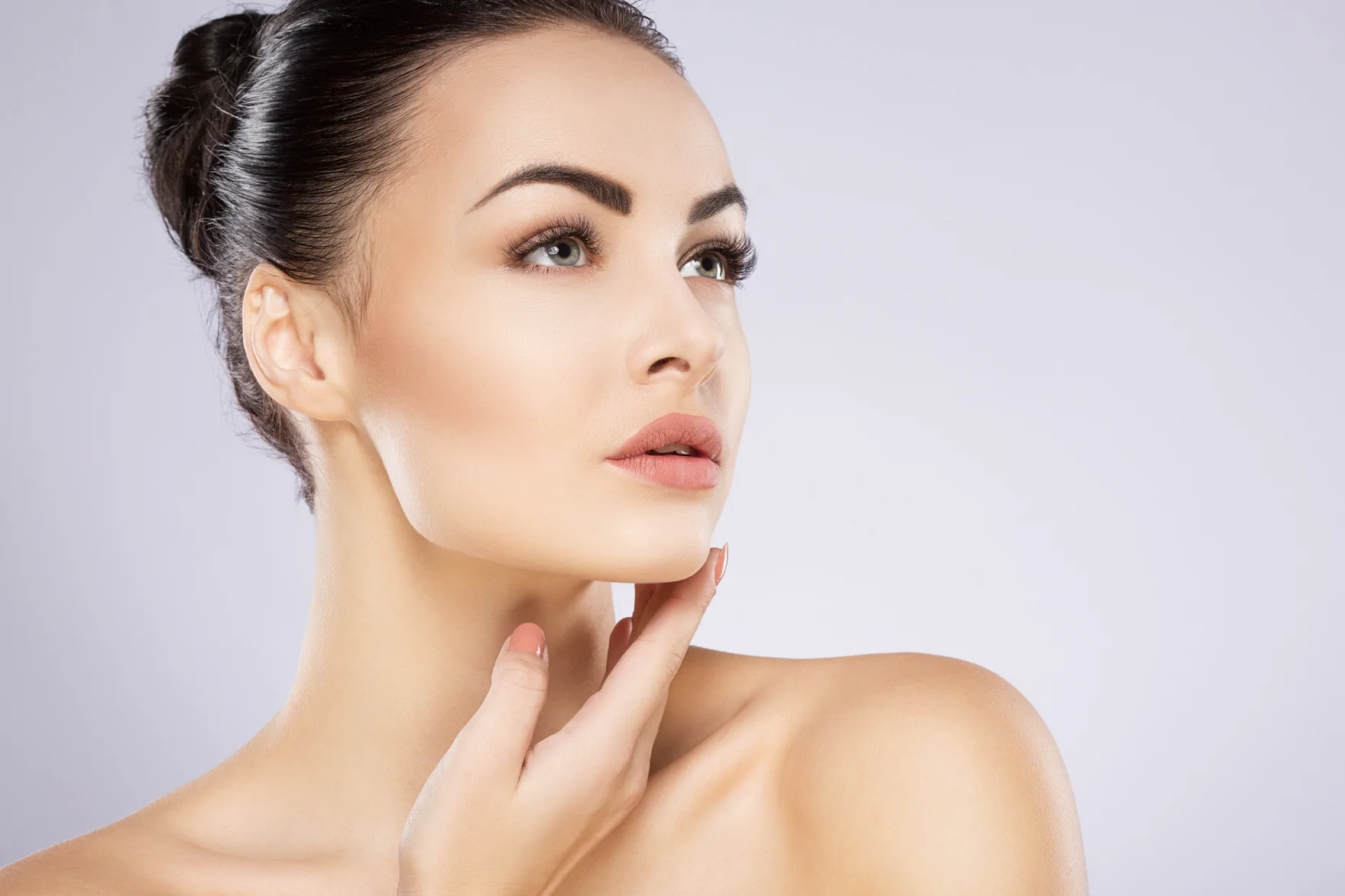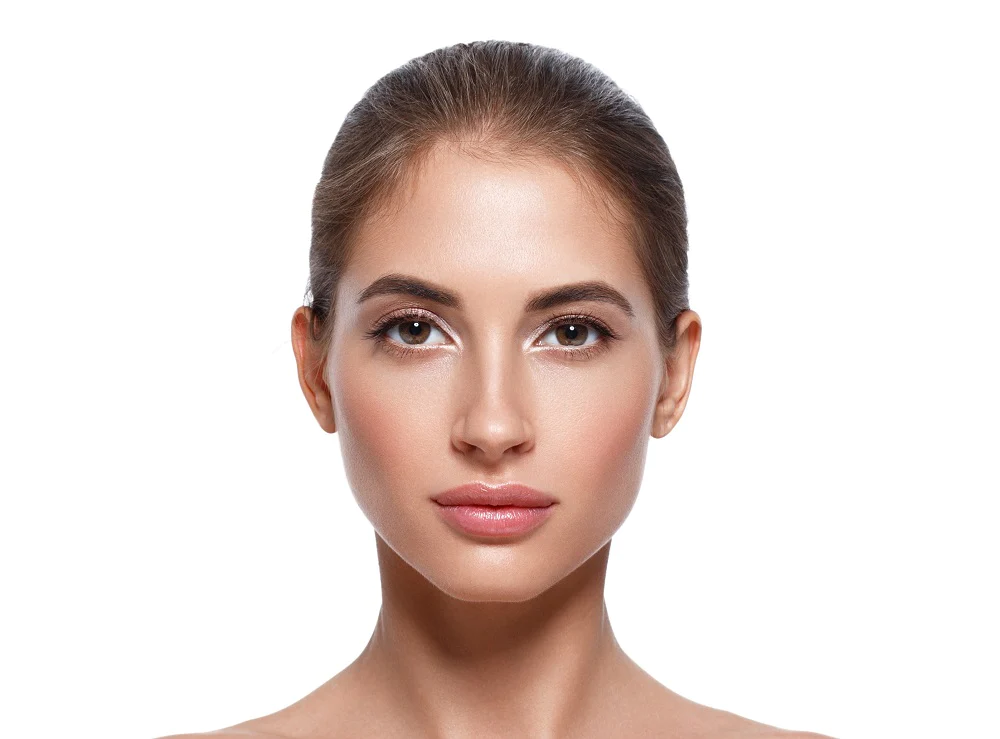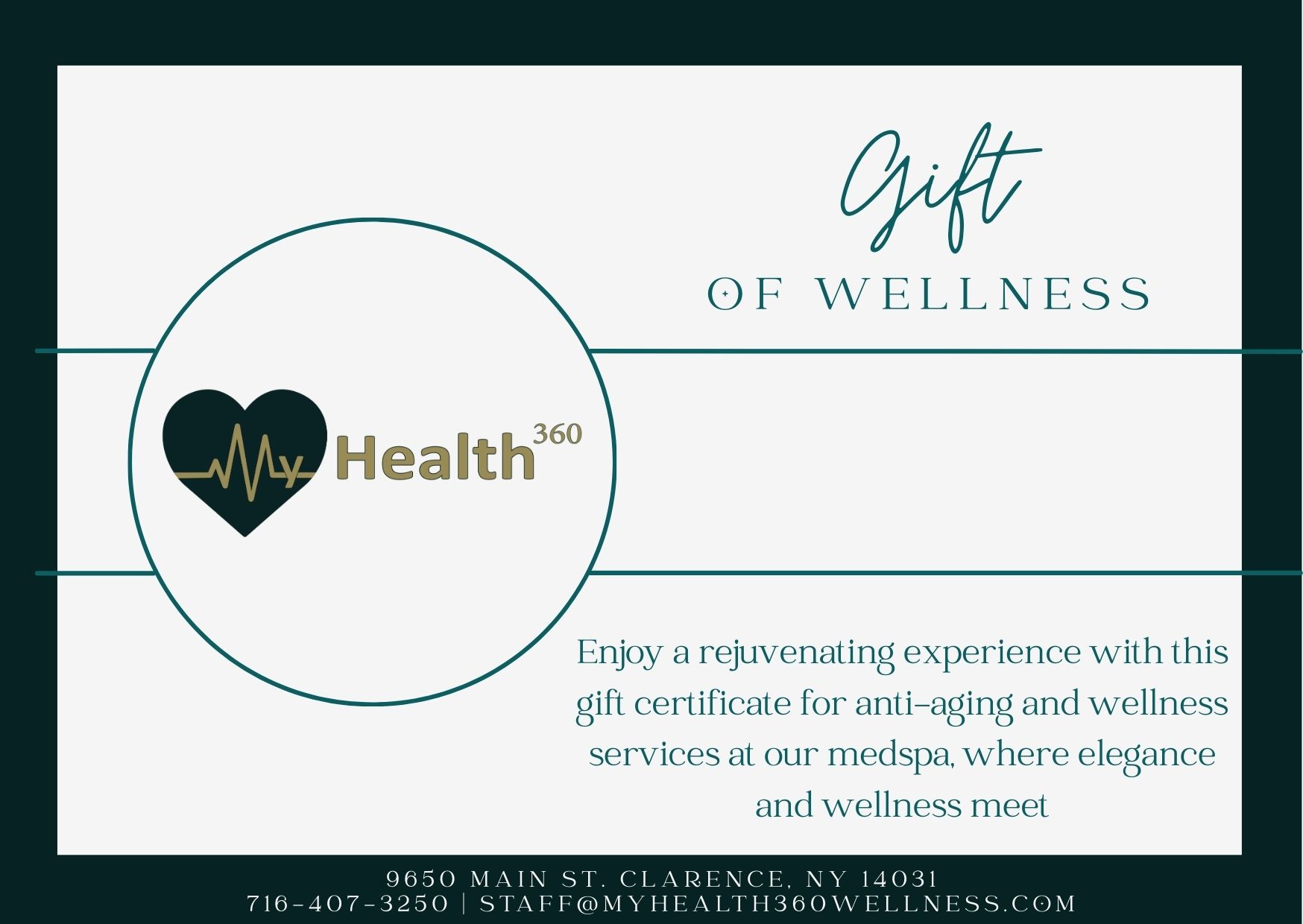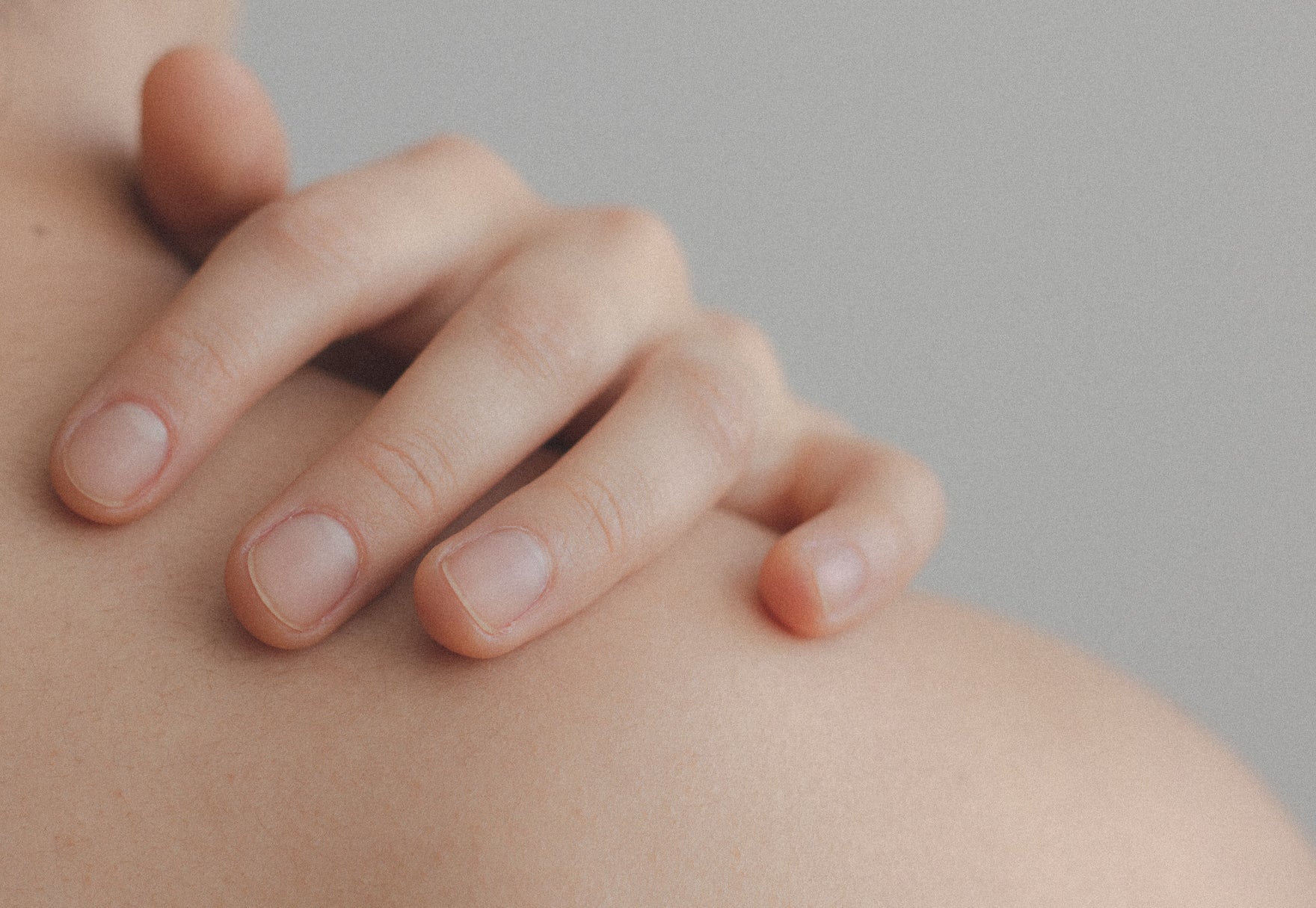
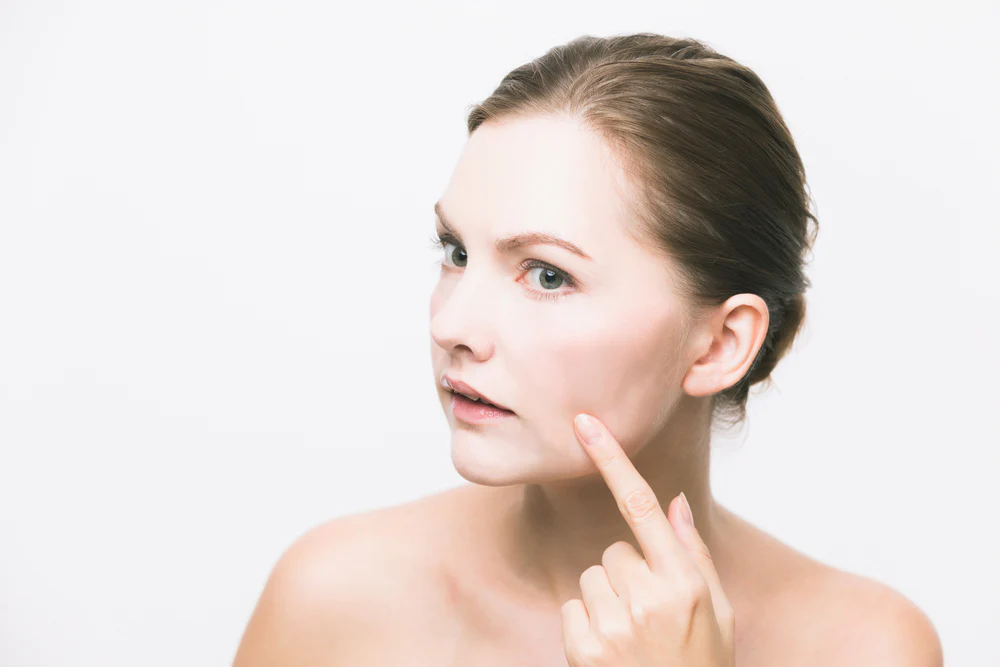
- Face
Facial Assessment: Part iii – Volume Loss &Amp; Ptosis
Volume Loss: While youthful faces come in a variety of shapes and sizes – some thin, some wide – the loss of the underlying support for the once taut skin is another marker of aging. The tip-off is that the volume loss is “disharmonious,” causing infra-zygomatic hollows in some people, temporal wasting in others. While the loss of facial fat and muscle is multi-factorial, hormone levels play a crucial role in fat deposition and in the quality of collagen in the face and body. Declining hormone levels cause fat to redistribute, and the overlying skin itself becomes thinner, less translucent and wrinkled.
Ptosis: With time, loose, redundant skin accumulates under the eyes. The nose begins to droop, and the weight of the malar fat pads is now creating even deeper smile lines, as well as marionette lines descending from the corners of the mouth. The sagging jowls and loose skin of the neck and submental region obliterate the once sharp jaw-line, producing more classic visual cues to advancing age.
So now that we can look at the patient in front of us with informed eyes, we can begin to isolate out the specific markers of aging that are present, recognizing them for what they are: “Aging Cues” that are conflicting with our pre-wired “Ideal” of youthfulness.
In Part IV, we will begin to evaluate how to restore both symmetry and proportionality, as well as ways to address the changes in the skin’s tone, texture, turgor that are now present. Read more next week on our Facial Assessment series – Facial Assessment Part IV – What is Beauty?





